I have been very excited about the A100 — it seemed to have most of the features I was looking for. Everything looked right — until I read this Interview with Mark Weir on the Digital Camera Info web site. While the entire interview was interesting, (once I got past the crummy overlapping ads) the part of the piece that really grabbed my attention was this:
DCI:
Can you shoot tethered with any software accompanying?
Mark Weir:
Unfortunately not.
Oh-oh. No tethered option for the A100? Major splash of ice water in the face. I could understand how camera companies such as Pentax or Olympus might not have the electronic resources to develop something like this. But we’re talking electronic powerhouse Sony here. If any company has the electronic know-how to incorporate tethered shooting into a dSLR workflow, it ought to be Sony. To top it off, Sony is also a computer maker, something the other major camera players can’t say. If any company ought to be introducing a camera that could interface with a computer — it should be Sony.
While some people might feel this is no big deal, for me it is a major — and I mean MAJOR disappointment. The promise of tethered shooting is one of the main things that attracted me to digital cameras in the first place. Sure, I can appreciate all the other advantages of a dSLR over film, but for me, the ability to shoot tethered — or even better — wirelessly tethered, is the ultimate nail the coffin of the film camera.
To add insult to injury, on the same day that Sony announced the A100, Nikon demonstrated that it would no go quietly into the night by announcing the latest upgrade to it’s Nikon Capture Software.
So what’s the big deal over tethered shooting? I’ve seen it used in portrait studios for years, giving clients a near instant ability to choose the prints they want. But I really got excited when I was art director on a series of photo shoots for one of my clients. The products were large and bulky and were to be shot in a studio setting. We shot about a dozen products over three days, taking a couple of hours to set up the lighting and composition of each shot. The photographer quietly unpacked a 17″ Mac Powerbook and tethered it to his Nikon with a USB cable. (Since then he has been able to ditch the cable for a wireless connection.)
Everyone was involved with the shoot: the company CEO, the product manager, the marketing director, the photographer and myself. Thanks to the images on the Powerbook screen, everyone had a voice in the final look of the images.
For the some of the images, the camera was mounted ten feet in the air, while others the tripod was lowered to place the camera about 12 inches off the floor.
You don’t expect a CEO to crawl on the floor to peer through a viewfinder, and you don’t ask a women in a skirt to climb a ladder to view the layout. Fortunately, we didn’t have to. We could all gather around the Powerbook and collaborate on the image as a team. The Nikon software also saved dozens of trips up and down the ladder for the photographer. Once the shot was composed, he could do everything on the ground using the Powerbook. Change exposure, adjust depth of field, bracket exposures — everything was done from the computer. Make a minor correction the lighting, fire the camera from the computer and wait about thirty seconds for the preview image to appear on the screen.
There is no comparison to seeing the image on a laptop screen versus the LCD screen. On this project, my role was the image retoucher. From the Powerbook’s screen I could tell instantly whether the shot would work or not. Shadows and highlights that wouldn’t be visible on a 2″ LCD screen were there in all their glory. I could zoom-in to study fine details to be sure the image was everything I needed. I could even do some basic Photoshop retouching to see how the image looked after a minor color correction.
Meanwhile everyone had a chance to give their input. I’ve noticed when there are several people lined up to look through the viewfinder (or small LCD screen) on a shoot, people tend to hurry so the next person can have a turn. With the exception of the photographer, no one want to “hog” the viewfinder. Because of this, small details are often overlooked or forgotten.
On this shoot, however, everyone could take as long as they wanted to study the image, because the laptop screen was large enough for everyone to view the results. This produced some excellent images, making the final brochure and web site images superior to anything the company had offered in the past.
There is another aspect of tethered shooting that I call the “wow factor” which I will discuss in my next post. For now, however, color me disappointed that Sony left tethered shooting off the A100’s feature list.
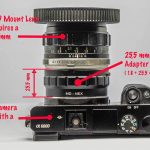
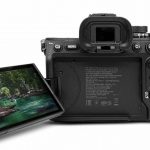
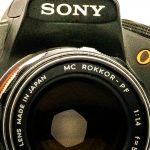
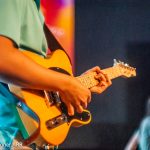

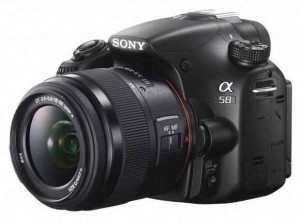
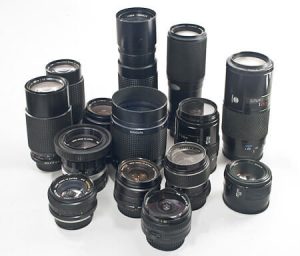
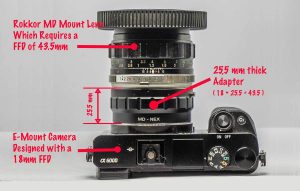

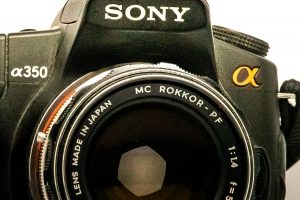

Always good quality info from this site!
does the a300 have a tethered option, even with addtional software?
Hello, i am searching for partners for our new nail blog, are you interested? 🙂
This content is so useful it is going straight to my facebook fanpage on the subject with a link back to your site. It’s a win-win situation for both. You get traffic and links and I get good content for my visitors.
Fantastic details! I’ve been seeking for something like this for a although now. Thanks!
Looks like my search for informative blogs on this subject has finally come to an end! Even though I recognize that you have a life, but I would definitely like to see this blog updated more often.
I just wanted to drop by and say that your work is simply amazing. You obviously appear to be pretty knowledgeable on the subject. I have already grabbed your rss feed and added it to my library to keep myself abreast with your latest articles as you put them up. Keep up the excellent work.